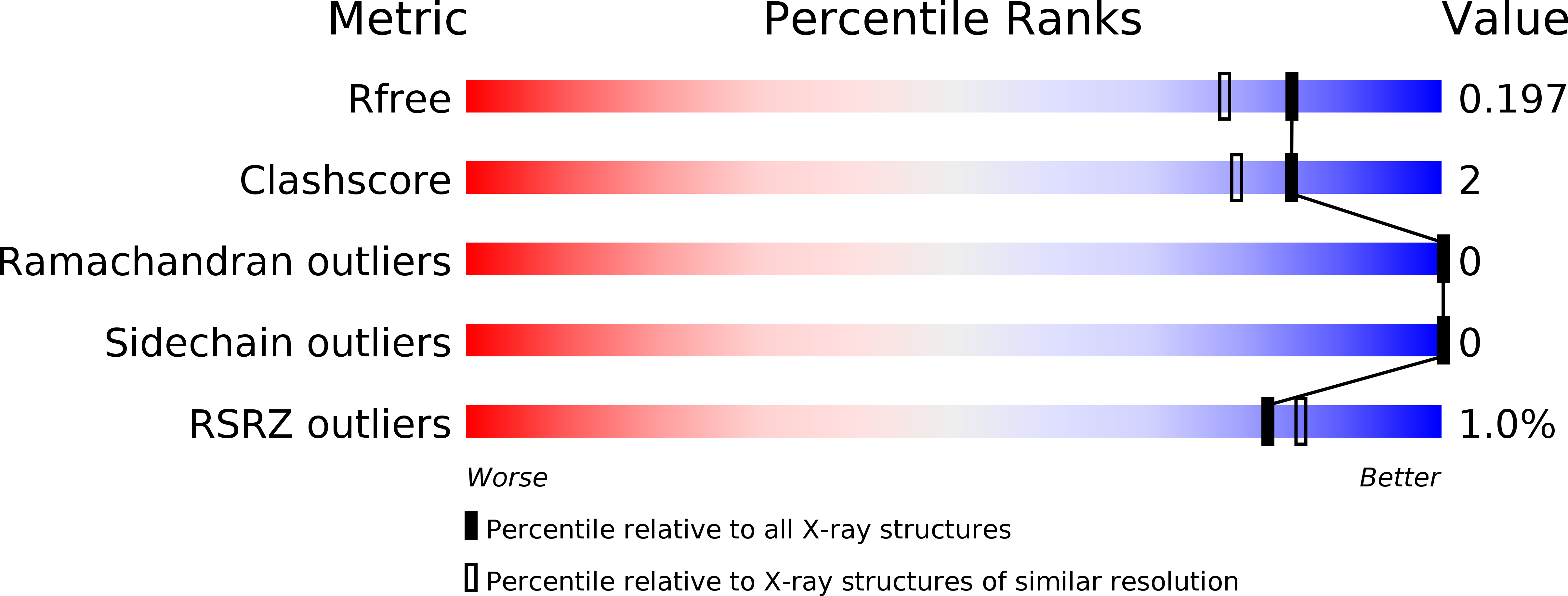
Deposition Date
2016-03-31
Release Date
2016-11-16
Last Version Date
2024-10-16
Entry Detail
PDB ID:
5G1X
Keywords:
Title:
Crystal structure of Aurora-A kinase in complex with N-Myc
Biological Source:
Source Organism:
HOMO SAPIENS (Taxon ID: 9606)
Host Organism:
Method Details:
Experimental Method:
Resolution:
1.72 Å
R-Value Free:
0.19
R-Value Work:
0.17
R-Value Observed:
0.17
Space Group:
P 32 2 1


